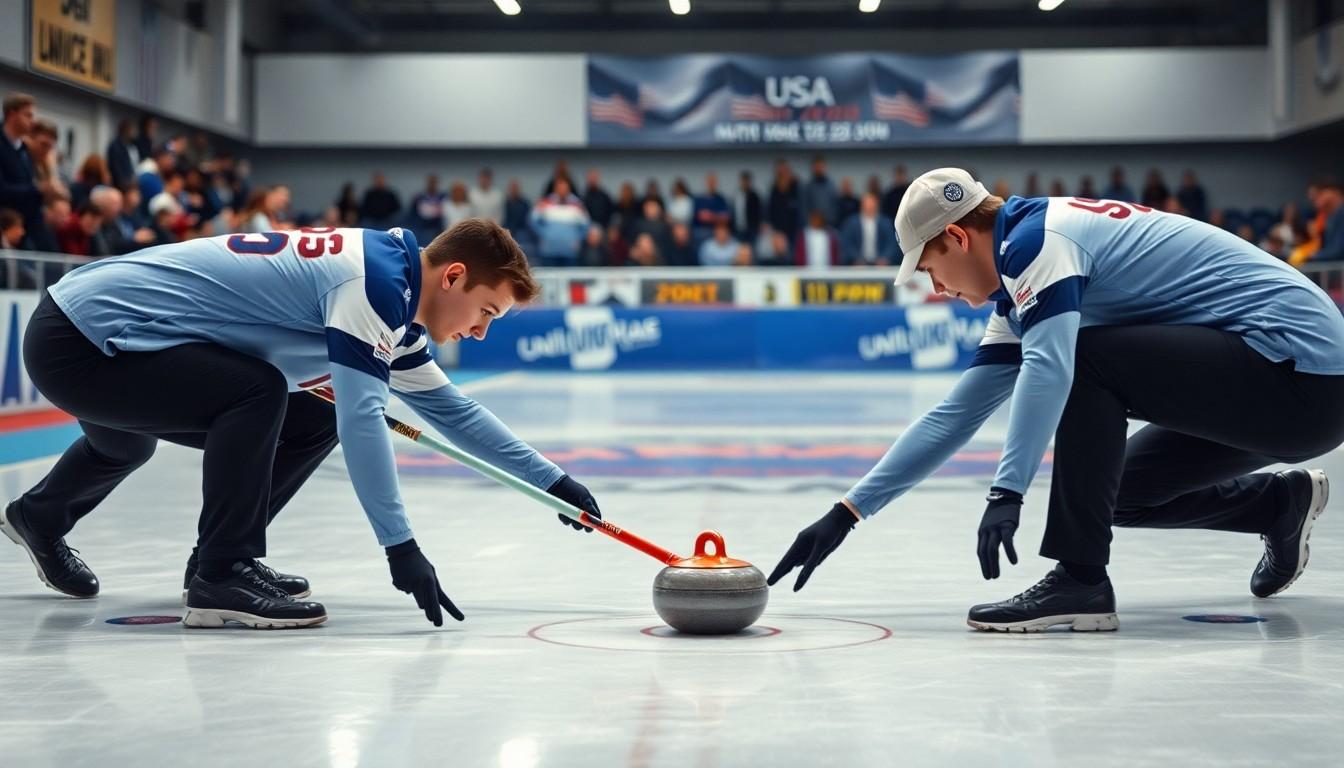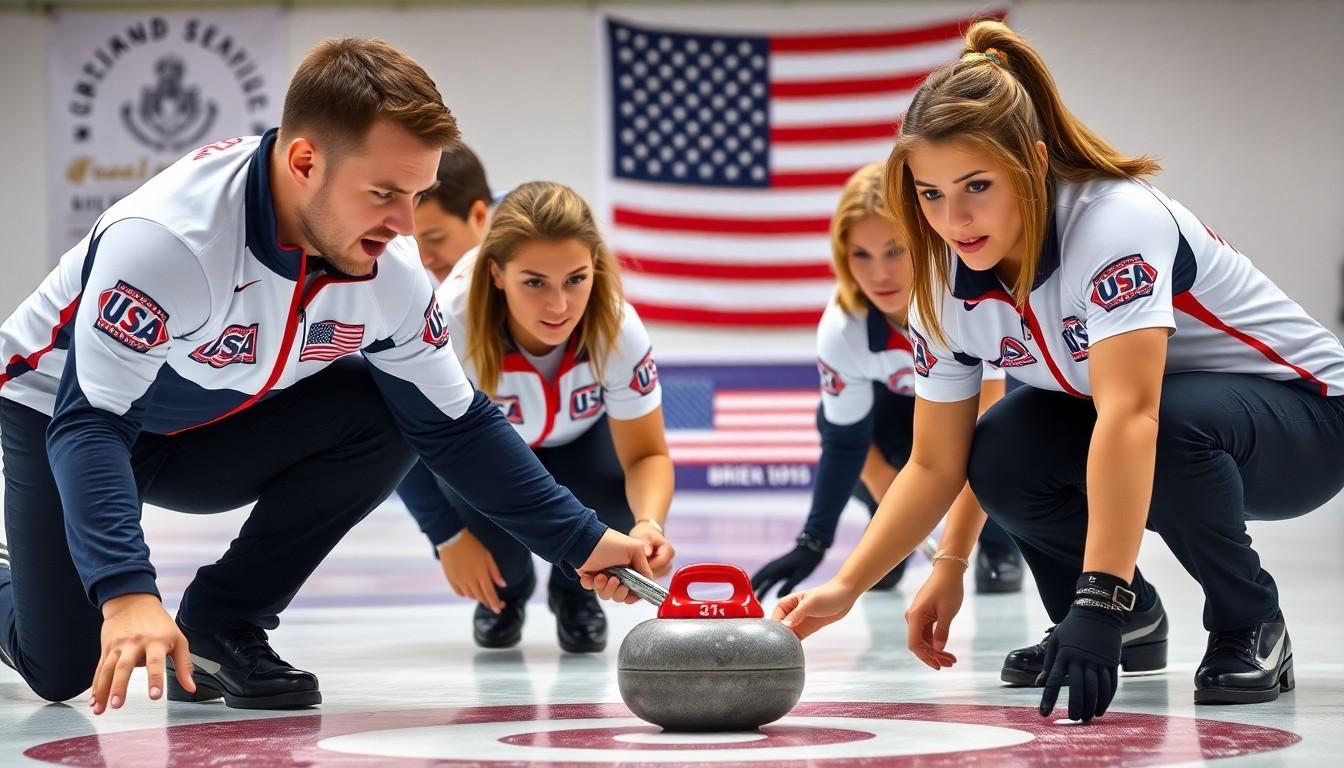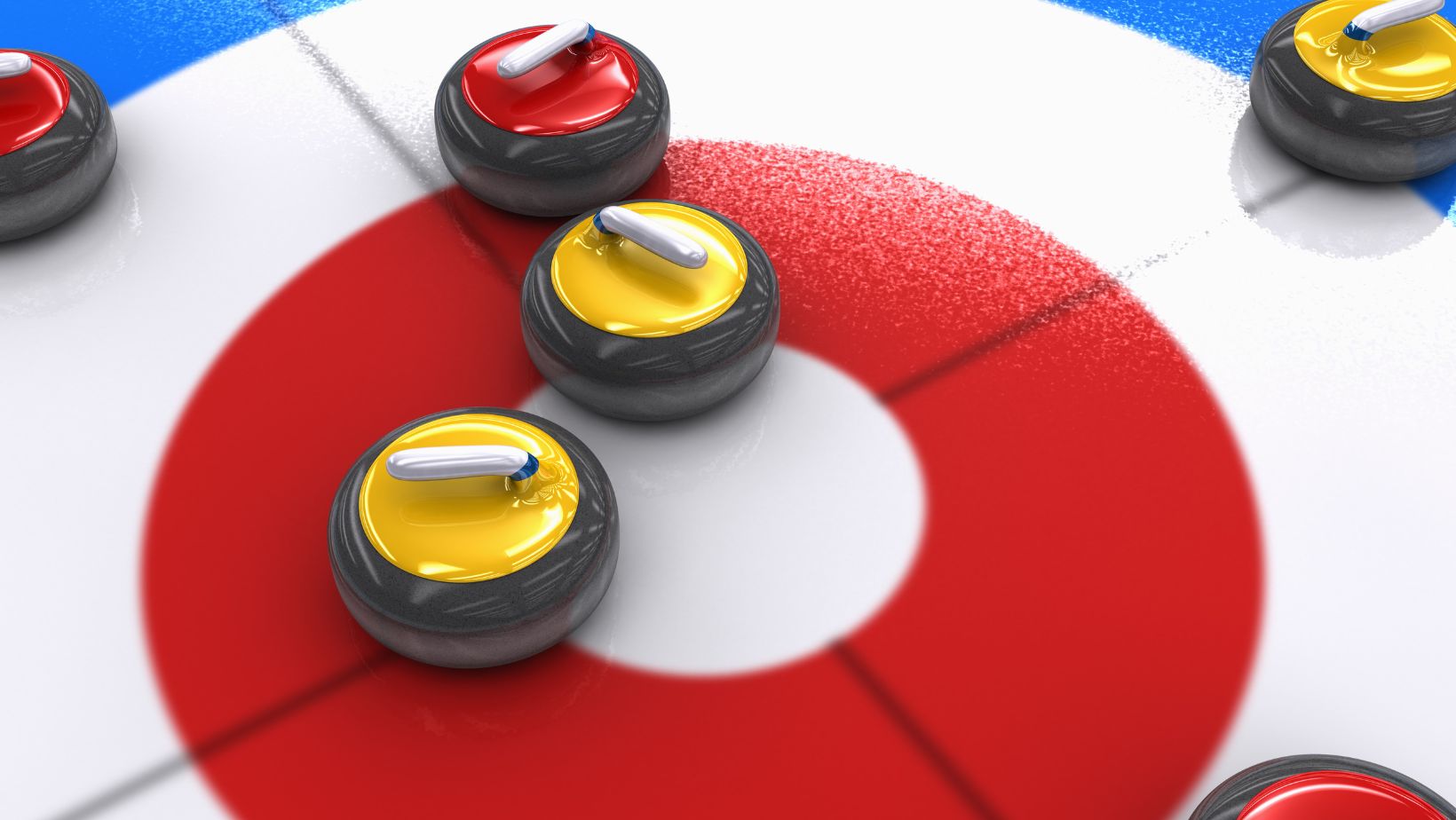In the world of curling, few events spark as much excitement and camaraderie as the Brier. Fans gather to witness their favorite teams battle it out on the ice, all while keeping a close eye on the standings and scores. It’s like a high-stakes chess match, but with brooms and a lot more shouting.
Brier Standings and Scores
Brier standings reflect the performance of teams throughout the tournament. Each team competes in a series of round-robin matches, earning points based on their victories. Standings typically display rankings from first to last, providing a clear overview of team success.
Scores in the Brier indicate the number of ends played and points scored in each match. These scores help fans track the progress of teams in real time. Points are awarded by winning each game, with teams aiming to accumulate points for favorable standings.
An example of scoring structures includes two points for a win, one point for a tie, and zero points for a loss. Teams’ performance metrics influence their position in the standings, impacting qualifications for playoff rounds.
Tracking standings and scores is vital for analyzing team dynamics. Observers often note trends in performance, identifying strong players and strategies. Detailed statistics reveal additional insights, such as average scores and end-by-end performance.
Ultimately, Brier standings and scores create excitement during the competition. Fans eagerly compare scores across teams while cheering for their favorites. Updated scores and standings contribute to ongoing engagement throughout the event, making every match pivotal to the tournament’s outcome.
Understanding the Brier Format

The Brier utilizes a specific format that emphasizes both round-robin play and a playoff structure. This setup allows teams to showcase their skills in a competitive setting.
Round-Robin Play
Round-robin play involves each team competing against every other team in the tournament. Matches typically follow a predetermined schedule, with teams earning points based on their performance. A win secures two points, while a tie results in one point. Losses yield no points, impacting overall rankings. Teams aim to accumulate the highest point total by the end of this phase, which ultimately determines their standings heading into the playoffs. Observers closely watch each match, as every scoring detail influences strategies and team placements.
Playoff Structure
The top teams proceed to the playoff structure after round-robin play concludes. Typically, the top four teams qualify for the playoffs, leading to intense knockout rounds. The semifinal matches determine which two teams advance to the final. Winning teams continue to build momentum, while losing teams face elimination. This high-pressure environment amplifies the excitement for fans, as they rally behind their favorites. Playoff matches usually consist of fewer ends than round-robin games, heightening the urgency in performance. The final determines the champion of the Brier, solidifying their status in the curling community.
Key Metrics in Brier Standings
Understanding key metrics in Brier standings enhances the viewing experience for fans and analysts alike. These metrics include win-loss records and points systems that dictate team rankings.
Win-Loss Records
Win-loss records play a crucial role in assessing team performance. Each team’s record reflects the number of matches won and lost throughout the round-robin phase. For instance, a 5-2 record demonstrates five victories and two defeats. Teams strive for a strong win-loss ratio, as it impacts their standings significantly. Tracking these records provides insight into consistency, strength, and overall competitiveness, allowing fans to evaluate which teams excel under pressure.
Points System
The points system directly influences team rankings in the Brier standings. Teams earn two points for a victory, one point for a tie, and zero points for a loss. Accumulating these points affects a team’s overall position in the standings. For example, a team with five wins and two losses accumulates ten points, while a team with three wins and four losses accumulates six points. Observing the points system helps fans identify which teams are in contention for playoff spots, adding excitement and strategy to the competition.
Historical Trends in Brier Standings
Brier standings reflect the evolution of teams in this prestigious curling event. Notable winners and shifts in rankings provide insight into competitive dynamics.
Notable Winners
Alberta’s teams dominate the winners’ list with an impressive record in the Brier. Over the years, they’ve secured multiple championships, showcasing exceptional skill. Manitoba follows closely, historically contributing to intense rivalries and memorable matches. British Columbia and Quebec have also captured titles, adding diverse narratives to Brier history. Each champion’s journey showcases unique strategies that resonate with fans and inspire future teams. Familiar names like Kevin Koe and Jennifer Jones frequently emerge, solidifying their legacies within the sport.

Shifts in Rankings Over the Years
Rankings in the Brier have experienced notable fluctuations throughout its history. Early years highlighted dominant teams, while recent seasons showcase a more competitive landscape. Many teams rise and fall dramatically based on performance and emerging talent. Observers note the shifts often correlate with strategic changes and player development. New entrants from various provinces have consistently disrupted established patterns. The adoption of advanced analytics in training continues to influence team standings, creating excitement among fans. Keeping track of these changes provides valuable context for current competitions.
Current Brier Standings and Scores
The current Brier standings reflect team performances throughout the ongoing competition. Each team competes in a series of round-robin matches, aiming for significant wins. Winning earns a team two points, while tying provides one point, and losses yield none. This scoring system critically influences team rankings.
Standings depict a clear hierarchy among teams. As of now, Team Alberta leads the chart, showcasing a powerful win-loss record that sets a competitive tone. Close behind, Team Manitoba maintains a strong position, battling fiercely for playoff qualification. Teams from British Columbia and Quebec also present notable performances, contributing to an exciting race towards playoff spots.
Scores track the progress of each match, detailing the number of ends played and points achieved. For instance, recent matches between Alberta and Manitoba showcased tight competition, with scores reflecting intense strategic play. Observers noted the influence of standout players, whose skills often turn the tides of close matches.
Understanding these metrics enhances fan engagement. Charting changes in standings each day captivates followers. Fans eagerly analyze these scores to cheer for their favorites. Live updates on standings and scores serve as a focal point, uniting supporters around shared excitement.
Trends emerge as the competition progresses. Notably, emerging talent in the league adds layers of unpredictability. Such dynamics within standings highlight the shifting nature of competition, reinforcing the sport’s exhilarating unpredictability. Regular updates keep the enthusiasm alive as the tournament advances towards crucial playoff rounds.
In the World of Curling
The Brier stands as a thrilling showcase of skill and strategy in the world of curling. With each round-robin match, teams battle for crucial points that define their standings and playoff potential. Fans remain engaged by closely monitoring scores and analyzing performance metrics that reveal the dynamics of the competition.
As the tournament progresses, the excitement builds with every match. Emerging talent and historical rivalries keep the atmosphere electric, making every end count. The current standings reflect the intense competition and the drive for victory, ensuring that supporters have plenty to cheer for as the Brier unfolds.

